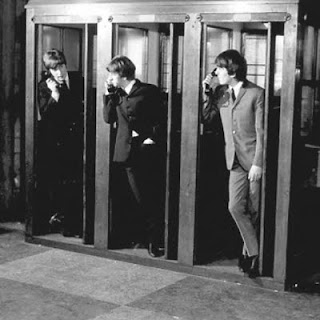
Overall this topic refers to examining the usage of communications technologies and how these new technologies bringing different impacts and effects on how the message conveyed. This topic paper will focus on the role of communication-technologies in an organizational environment which include with media richness theory. Trevino, Lengel, & Daft (1987) explained the richness theory as the ability of a medium to carry information. Often, researchers who observed this theory rank the communication media on their abilities to convey the both information types; ability to transmit information and the ability to carry information about the information (Sitkin, Sutcliffe & Choplin, 1992). The criterion for ranking the medium's ability is actually to obtain information of which is best to use. Newberry (2001) have ranked the seven different media types into a hierarchy from richest to leanest media. Rich media refers to media that able to convey most information; and lean media carries the least, the choices of media are varied from “face to face”, video conferencing, text-messages to E-mail. In conclusion, media richness theory is capable to make a decision of which communications technologies is the greatest competence or contain with the most attractive characteristics for the intended interaction




